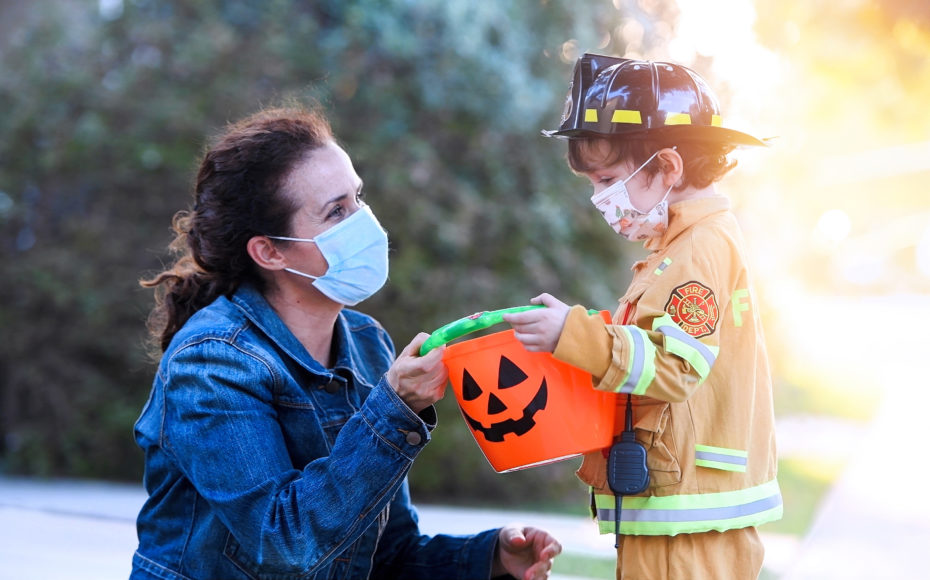
A recent study examining the link between peanut and tree-nut anaphylaxis in children and holidays found spikes at Halloween and Easter. The study, led by a team of researchers from the Montreal Children’s Hospital of the McGill University Health Centre (MCH-MUHC), found that most were previously unknown allergies, calling for increased awareness.
“Identifying certain times associated with an increased risk of anaphylaxis – a serious and life-threatening allergic reaction – could help to raise community awareness, support and vigilance,” says Melanie Leung, a fourth-year medical student at McGill University and Dr. Moshe Ben-Shoshan, a pediatric allergist and immunologist at the MCH-MUHC and scientist at the Research Institute of the MUHC, with coauthors. “This information would identify the best timing for public awareness campaigns to prevent allergic reactions.”
Researchers compared anaphylaxis at Halloween, Easter, Christmas, Diwali, Chinese New Year and Eid al-Adha.
Data from across the country
The study included 1,390 patients visiting participating pediatric emergency departments between 2011 and 2020 in four Canadian provinces: British Columbia, Ontario, Quebec, and Newfoundland and Labrador. The median age of patients was 5.4 years and 62 percent were boys.
For peanut-triggered anaphylaxis, there was an 85 percent increase in daily average cases during Halloween and a 60 percent increase during Easter compared with the rest of the year. For anaphylaxis triggered by unknown nuts, there was a 70 percent increase during Halloween and Easter compared with the rest of the year. However, the researchers did not find an increase at Christmas, Diwali, Chinese New Year or Eid al-Adha.
“The difference in the anaphylaxis incidence among holidays may have been due to the social setting in which each holiday takes place,” says Leung. “At Halloween and Easter, children often receive candies and other treats from people who may be unaware of their allergies. The absence of such an association at Christmas may be because Christmas is a more intimate celebration among family members and close friends, who are more vigilant regarding allergen exposure.”
Canadian labelling may also be a factor, as individual packages of one-bite candies and snacks, which are exempt from labelling requirements listing ingredients, are popular at Halloween and Easter.
Education and awareness key to risk reduction
“Our findings suggest that educational tools to increase vigilance regarding the presence of potential allergens are required among children with food allergies, their families and lay people interacting with children who have food allergies. Newer strategies targeting intervals associated with high anaphylaxis risk are required,” says Dr. Ben-Shoshan.
